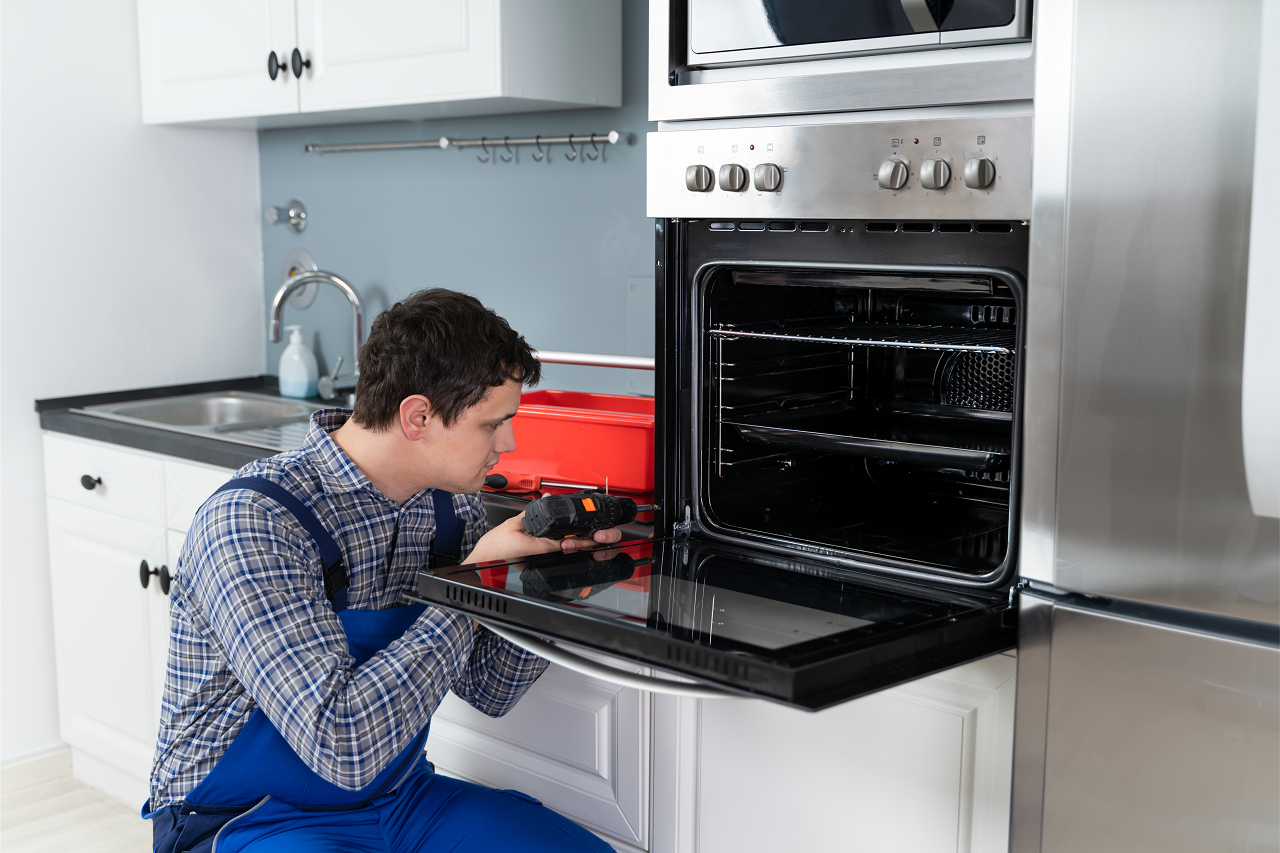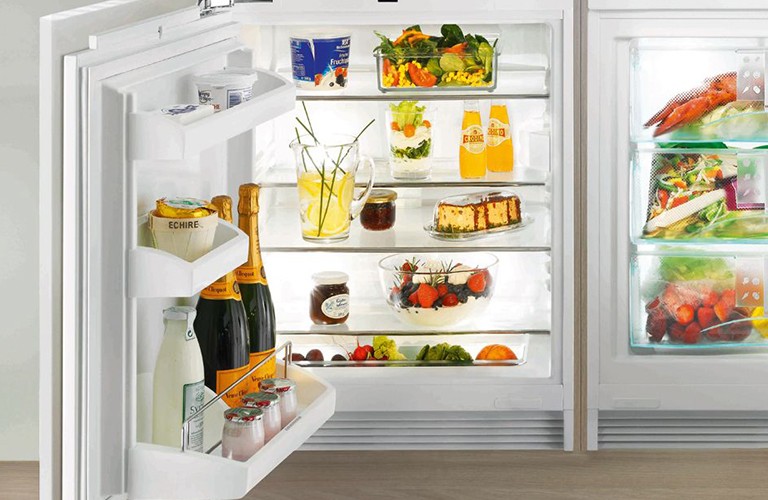There’s nothing quite as frustrating as an oven that refuses to heat up, or worse, heats unevenly, leaving your culinary creations either burnt to a crisp or undercooked. For homeowners in Brisbane, a malfunctioning oven can quickly disrupt meal plans and family routines. But before you panic, it is important to understand that many common oven heating issues can be diagnosed and even resolved with a bit of knowledge and troubleshooting.
This comprehensive guide will walk you through the typical culprits behind a cool or inconsistent oven, helping you to identify the problem and determine if it’s a simple fix or time to call in the professionals.
1. Faulty Circuit Breaker
A frequently overlooked issue is the circuit breaker. If your oven is not heating, the problem could be as simple as a tripped circuit breaker. Ovens use a substantial amount of electricity, and if there’s a surge or fault in the system, the circuit breaker may trip to prevent further damage. In this case, simply checking and resetting the breaker may be all that is needed.
However, if the breaker trips again immediately or frequently, a deeper electrical issue may be present that requires the attention of an experienced technician. Professionals who excel in oven repairs in Brisbane can identify if the circuit breaker is faulty or if the wiring has an issue.
2. Faulty Wiring from Switchboard to Oven
If your oven isn’t heating up, it could be due to faulty wiring from the switchboard to the oven. Over time, wiring can wear out, become loose, or even develop a short circuit. This can cause an incomplete flow of electricity to the oven, resulting in poor heating performance.
A qualified electrician or oven repair technician will need to inspect the wiring to determine the cause of the problem. It’s crucial to address this promptly to avoid more severe electrical hazards. Oven repairs in Brisbane’s Northside are a great option if you’re located on the northern side of the city.
3. Faulty Connections within the Oven
Ovens have multiple internal connections that enable the heating elements to function correctly. If one of these connections becomes loose or damaged, the oven may fail to heat up properly. The connections can sometimes be the result of normal wear and tear, or they could be affected by a power surge.
A professional technician can thoroughly inspect the connections and replace any faulty components. It’s essential not to ignore such issues, as continued use of an oven with faulty internal connections can lead to more severe problems down the line.
4. Faulty Timer
Most modern ovens come with built-in timers that allow you to set cooking times. If your oven isn’t heating, the timer might not be working correctly, which could prevent the oven from turning on. A faulty timer can disrupt the entire cooking process, making it seem as though the oven isn’t heating at all.
A malfunctioning timer will need to be repaired or replaced. If you’ve checked other possibilities and your oven still isn’t working, it’s worth having the timer inspected. Local oven repair specialists in Brisbane can help you resolve this issue quickly.
5. Timer Not Set
This one might seem simple, but sometimes the solution to an oven not heating is just as basic as ensuring the timer is set correctly. Many people forget to set the timer or accidentally set it incorrectly, causing the oven not to turn on or heat up as expected.
Take a moment to verify the timer settings and ensure they are accurate. If you still have issues after confirming the timer is set, it might be time to consider other potential causes. If in doubt, our oven repairs in Brisbane can provide the support you need.
6. Faulty Selector Switch
The selector switch in your oven controls which heating element is activated and when. If the switch is faulty, your oven may not heat up properly. This can be due to wear and tear over time or simply a defect in the switch. When this happens, the heating element won’t activate, and you’ll be left with an oven that doesn’t heat.
A faulty selector switch is relatively easy to fix with the help of an experienced technician. Contacting our oven repair services in Brisbane can help you identify and resolve this issue promptly.
7. Faulty Internal Oven Wiring
In some cases, the internal wiring within the oven itself could be to blame for heating issues. Over time, wires may degrade, become loose, or short out. If this happens, it disrupts the oven’s heating elements, leading to poor or inconsistent heating.
Internal oven wiring problems require expertise to fix, as improper repairs can pose serious safety risks. It’s best to call in a technician who specialises in oven repairs in Brisbane to ensure the wiring is safely repaired or replaced.
8. Faulty Heating Element
A common cause of heating issues is a faulty heating element. The heating element is responsible for providing heat to the oven’s interior, and if it fails, the oven won’t heat up. A heating element can burn out, become corroded, or stop functioning due to a defect.
Fortunately, heating elements are generally replaceable, and a professional can quickly install a new one. If you’re experiencing problems with your oven heating up, it’s worth having the heating element checked.
9. Faulty Printed Circuit Board (PCB)
The PCB is the brain of your oven, controlling the heating elements, timers, and other features. If there’s a fault with the PCB, your oven may fail to heat up or function correctly. The PCB can develop issues due to power surges or general wear and tear.
Replacing a PCB is a more complex repair that requires a skilled technician. If you suspect the PCB is the issue, it’s important to contact professionals. They will be able to diagnose and repair the problem swiftly.
10. Faulty Seal or Hinges
While the heating components of your oven are crucial, so are the oven’s door seal and hinges. If the door doesn’t close properly due to a faulty seal or broken hinges, heat will escape, and the oven won’t maintain the correct temperature. This issue is common in older ovens or ones that have seen heavy use.
A technician can inspect the oven door, replace the seal, or repair the hinges to restore proper function. If you’re having trouble keeping the heat inside your oven, oven repairs in Brisbane can assist with this repair as well.
Conclusion:
Oven heating issues can stem from a variety of causes, ranging from simple problems like a faulty timer to more complex issues like a defective PCB. If you’re experiencing problems with your oven not heating, it’s essential to have it diagnosed and repaired by professionals who understand the intricacies of oven systems.
For expert service, please don’t hesitate to contact us at 0428149923.







